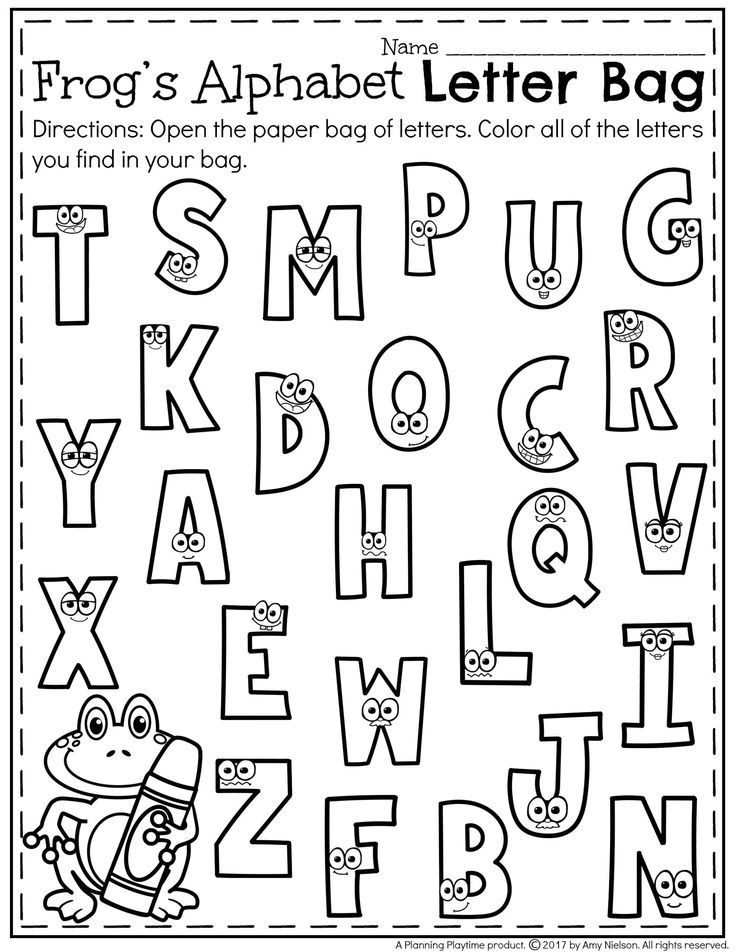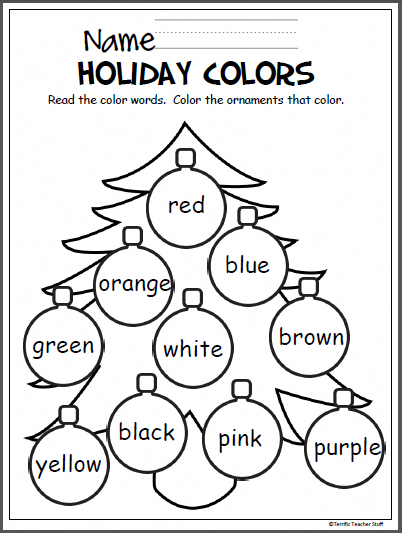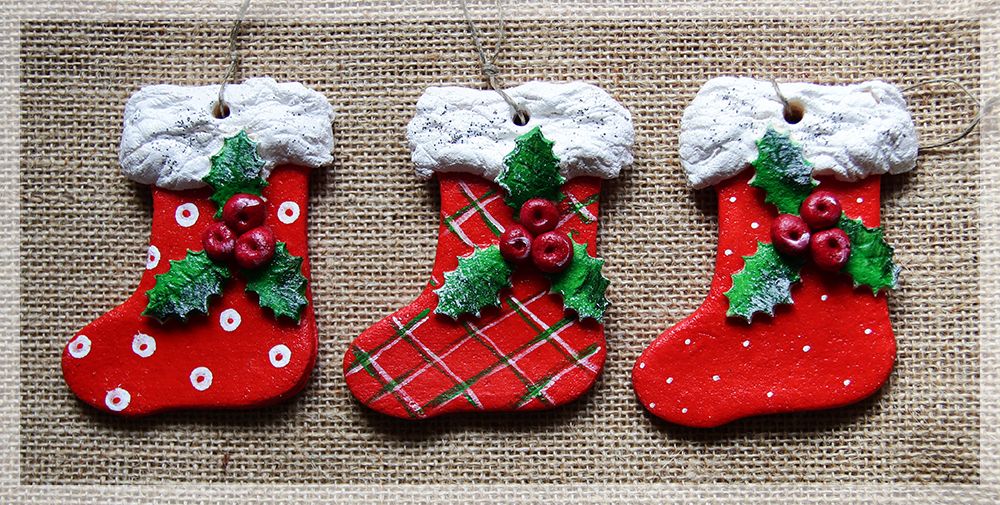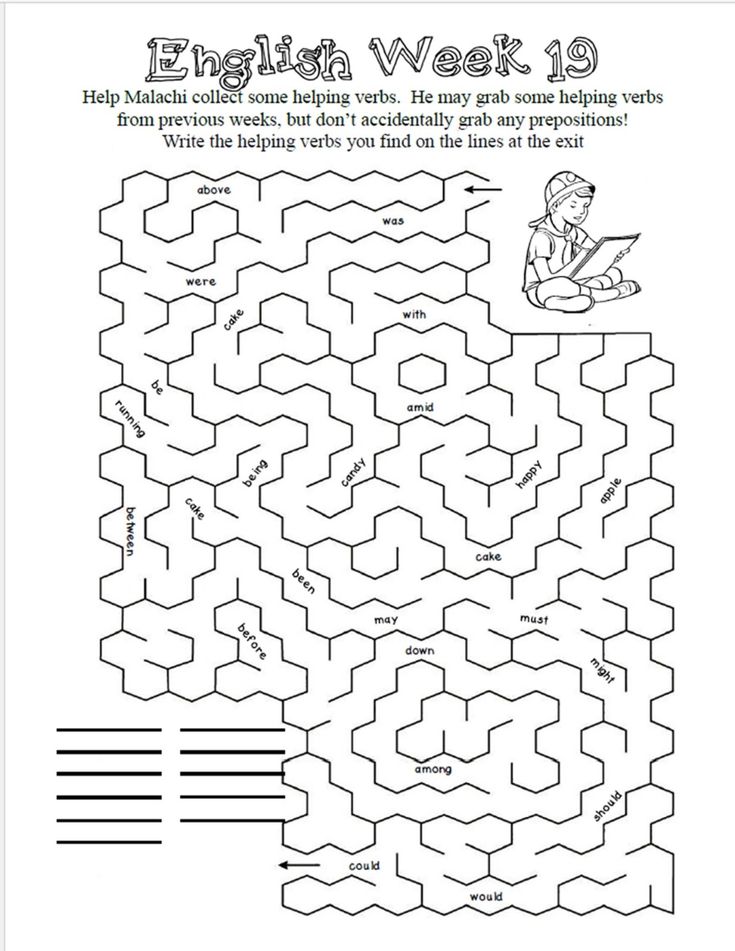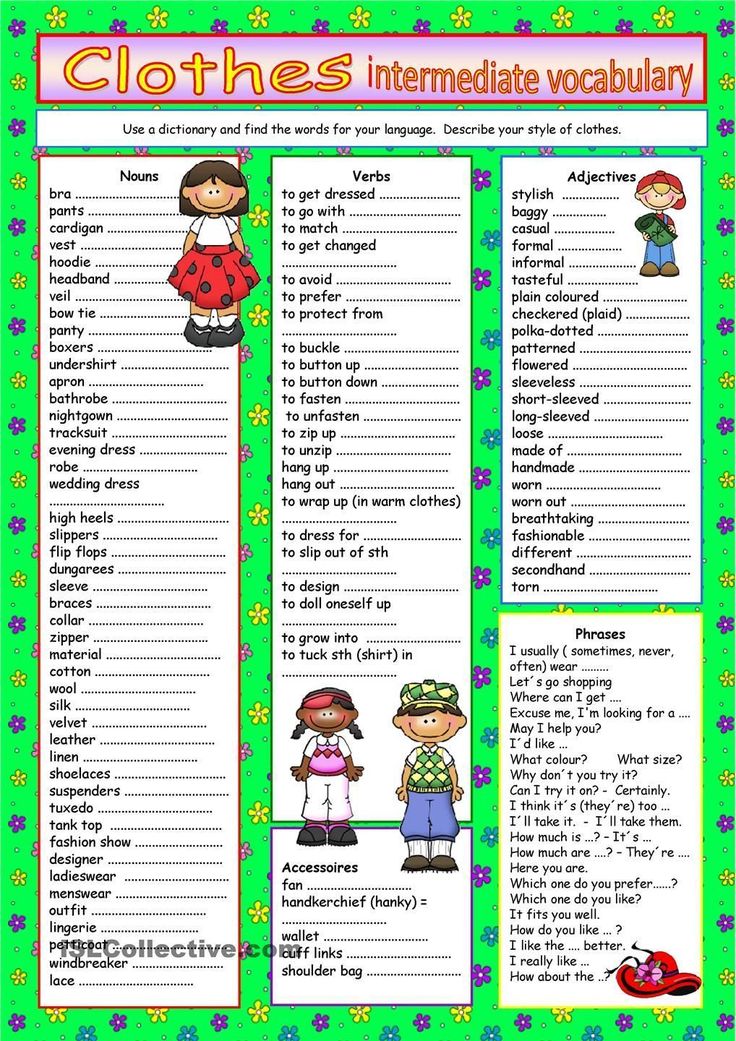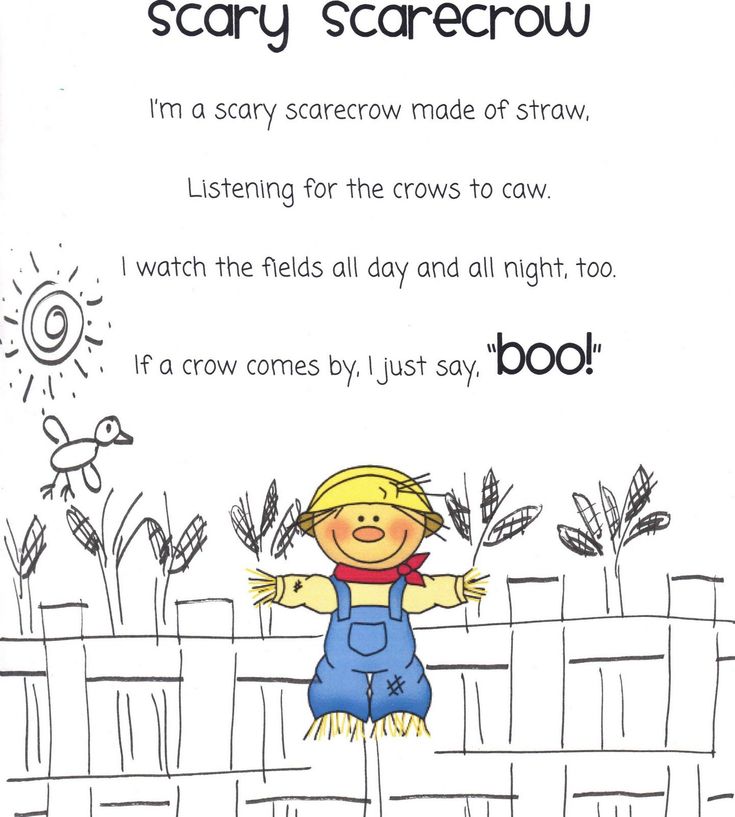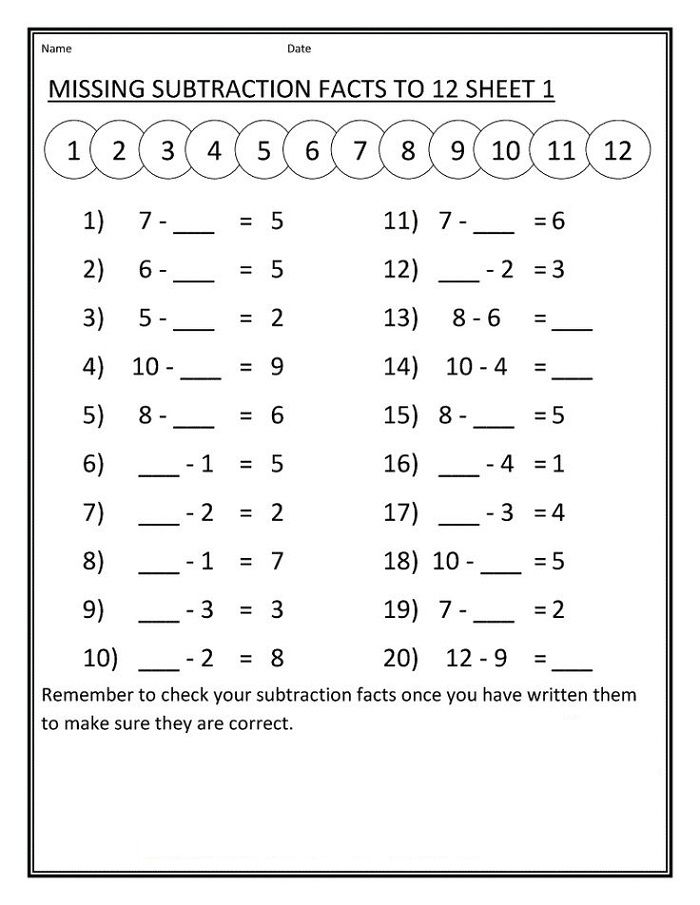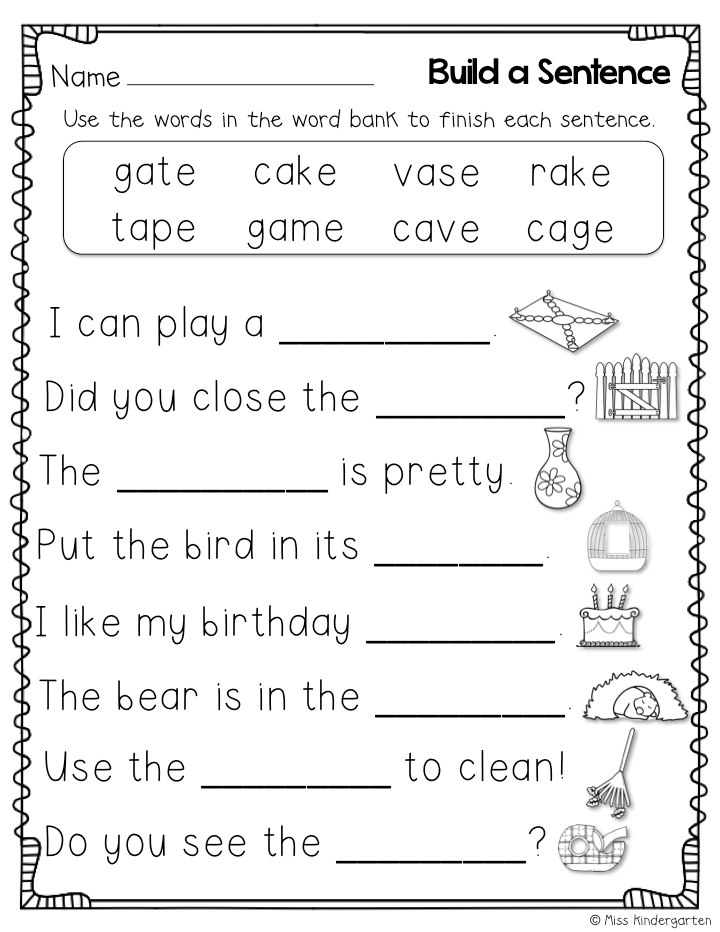Identify alphabet letters
How to Teach Kids the Letters of the Alphabet
73 shares
- Share
- Tweet
Are you teaching letter recognition skills to your children? When it comes to pre-reading skills, Letter Recognition is an important part!
Learn how to teach and help your children learn their ABC’s with these tips and strategies!
If your kids are eager to learn the letters of the alphabet, provide them with a literacy-rich environment which includes letters and words around your classroom or home.
You can also add letters to your children’s play and introduce them to many different letter recognition activities.
What You'll Find On This Page
What is Letter Recognition?
One of the 5 Pre-Reading Skills Kids Need To Be Successful Readers is Letter Knowledge. Letter Knowledge begins with Letter Recognition which is also known as Alphabet Recognition.
Letter Recognition is the ability to recognize and name all of the lowercase and capital letters. Children who know the letters can also distinguish between them.
Why Is Letter Recognition Important?
Being able to say the names of the letters quickly in sequential order will help children learn the sounds more easily.
Sometimes, a letter name will give children clues as to the sound that it makes too.
Kids who can easily name the letters of the alphabet are also more motivated to learn about words and how to spell. They have an easier time learning to read too.
Is My Child Ready To Learn The ABC’s?
Just like learning to walk or potty training, children need to be developmentally ready to learn the letters of the alphabet.
Before they can begin, they need to visually discriminate or recognize the similarities and differences between the different letter shapes.
Children need to able to differentiate between straight and curved lines or tall and short letters.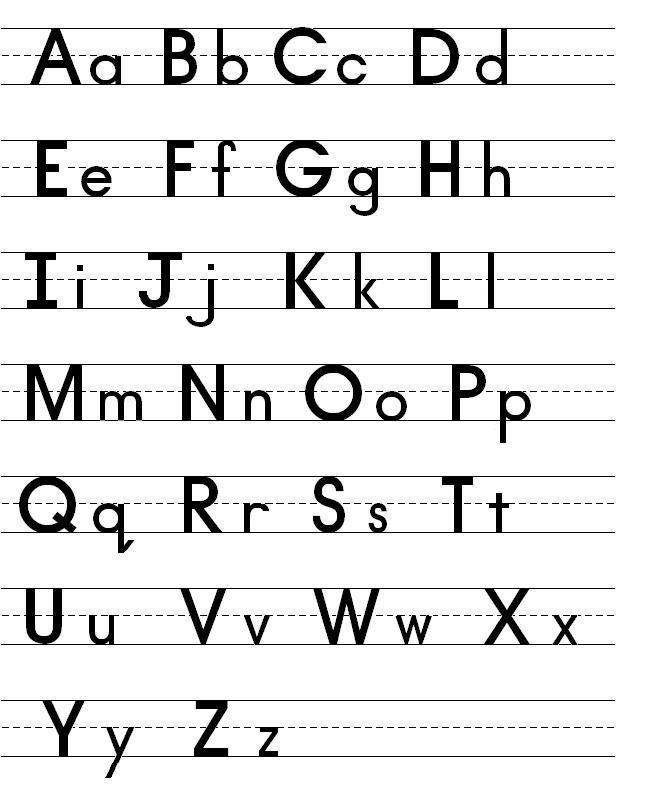
They also need to understand the difference between letters, numbers, and other symbols.
What Order Should The Letters Be Taught?
When teaching your children the letters, you don’t have to introduce them in alphabetical order.
You should start with high-frequency ones like the letters in their names.
The letters in their names will have more meaning to them and give them more chances to practice recognizing those letters in different ways.
When first introducing the letters in their names and the rest of the alphabet, only give your children two unknown letters to work on at a time.
After they have mastered those letters, give them one or two more letters to learn until they know all 26!
Should My Child Learn Capital Letters or Lowercase Letters First?
Young children need to be exposed to both capital and lowercase and will need to learn all of them before becoming a successful reader.
Even though lowercase letters are more common in reading, it’s easier for children to learn capital letters first.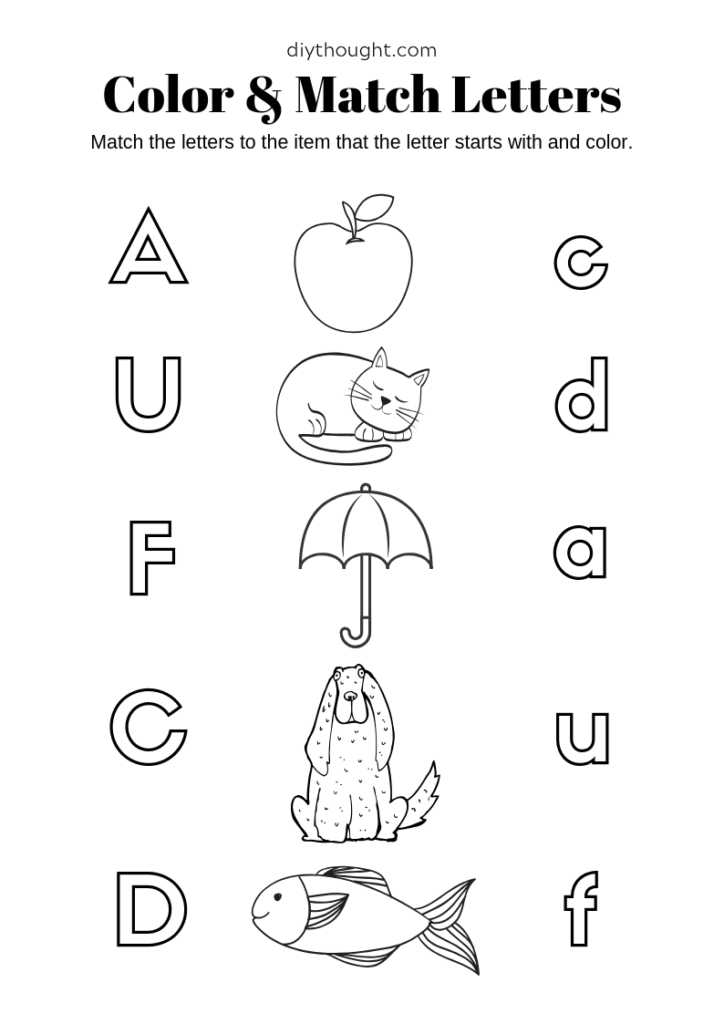
They don’t confuse them like they do lowercase letters, because capital letters are easier to visually distinguish.
If you look at all of the capital letters, the only ones that are commonly mistaken for one another are capital M and W.
When teaching children two letters that can be mistaken for one another such as capital M and W, teach one at a time.
After your children know both letters, give them activities to reinforce the differences between the two such as sorting the two letters.
Letter recognition is an important part of pre-reading! Your children are on their way to learning how to read!
Your May Also Like:
Are you looking for Alphabet Activities to help you teach and your children learn the letters of the alphabet? From Letter Dot Painting to Letter Mazes, there are so many printable activities that will give your children a fun, hand-on way to learn the letters.
These interactive resources will help your kids to work on letter identification, formation, and much more.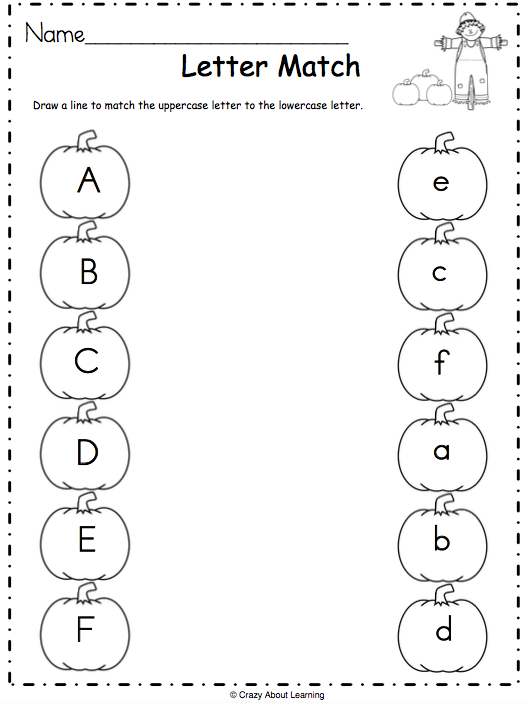 Click on the picture to learn more about the activities included in this bundle!
Click on the picture to learn more about the activities included in this bundle!
Letter Recognition Resources:
Your preschoolers and kindergarteners can use these letter recognition resources to help them practice the skills that they are learning.
- Letter Recognition Activities
- Letter Recognition Games
- Alphabet Sequence Worksheets from Homeschool Preschool
- Letter Recognition Cards
- Letter of the Week Crafts from Crystal and Comp
How To Help Your Child Learn The Alphabet
One of the first steps your child will take on their reading journey is learning to recognize letters. Before your young learner can start to sound out words, blend syllables together, or master other early reading foundations, they’ll need letter recognition skills.
Maybe you’re just getting started with letter recognition (or looking for some new ideas) and wondering about the best ways to practice with your child.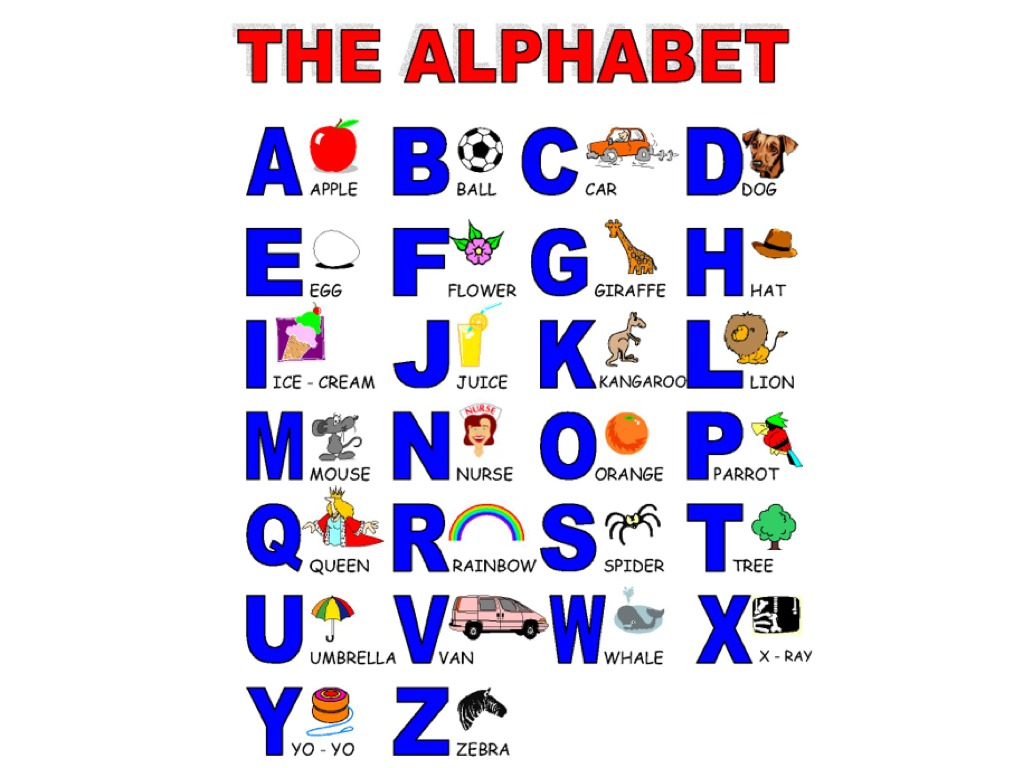 Good news: HOMER is here to help!
Good news: HOMER is here to help!
Letter Recognition: Beginnings
When helping your child learn to recognize letters, it’s good to remember that all children have unique personalities, which means they have unique learning styles, too. This will help you and your child feel confident with their reading and learning development!
That being said, many children may express an interest in learning the alphabet by age two or three. This can manifest in a few different ways. If they have older siblings, your child may ask for “homework” to do while their siblings do theirs.
Around this age, your child may also notice the people around them reading books that look different than theirs. Instead of pictures, these books have lots of words. Your toddler may want to know how to read those “big” books, too!
Since your child likely isn’t enrolled in any sort of formal schooling yet, their initial interest in reading and letter recognition may be light and casual. This is great! There’s no need to rush into it.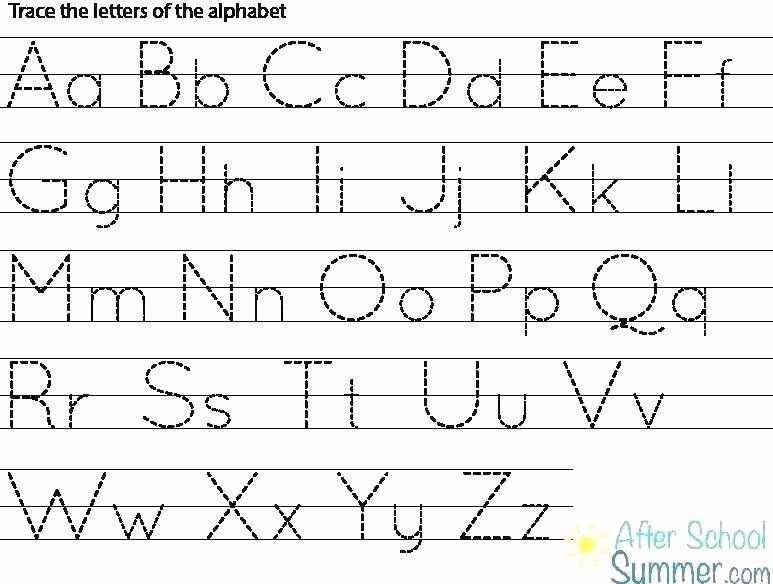
But if you want to expand your child’s letter recognition skills or engage their interest more purposefully, stay tuned for tips on how to help your child learn the alphabet!
Tips For Encouraging Letter Recognition
Prioritizing letter recognition activities that are fun, simple, and engaging for your child is a great way to help them practice consistently and effectively.
There are many ways to introduce the alphabet to your child and help them learn letters or build their alphabetic skills if they’ve already started recognizing letters. Here are some fun and easy ideas you can try from the comfort of your own home!
Read Alphabet Books
Although this technique may seem simple and common, it’s common for a reason — because it’s effective! And, as a bonus, you likely have several alphabet books around your home already.
Repeated exposure to the alphabet sets a strong foundation for your child to develop their letter recognition skills. Starting with the basics is essential to preparing them for more reading activities as they grow and develop.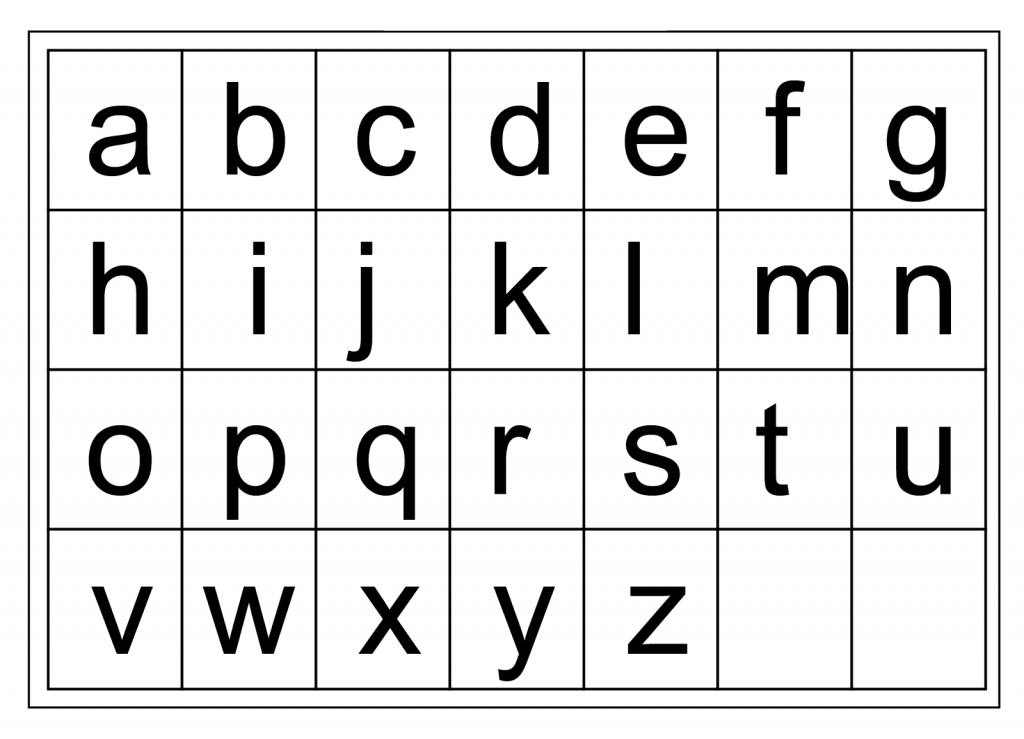
Once your child is introduced to the basics, they can move on to more advanced beginning reading activities.
Touch And Feel Letters
Kids spend all day touching and exploring the world around them. Teaching your child letter sounds can be easier (and more fun for them!) when you engage skills that aren’t just visual or auditory.
Plus, let’s be honest — kids love to get messy! Letting them make a mess with letters offers them a great incentive to learn.
We recommend using anything you have around the house that is malleable enough to turn into letters. Shaving cream, pipe cleaners, PlayDoh, and popsicle sticks are all great options.
Play with your child as they build letters out of these materials (or swipe their fingers through a big pile of shaving cream!). If you want to go mess-free, you can also cut out letters from textured paper (like sandpaper).
Here’s how this method works:
- First, introduce the letter to your child. Trace or make the letter in whatever material you choose.
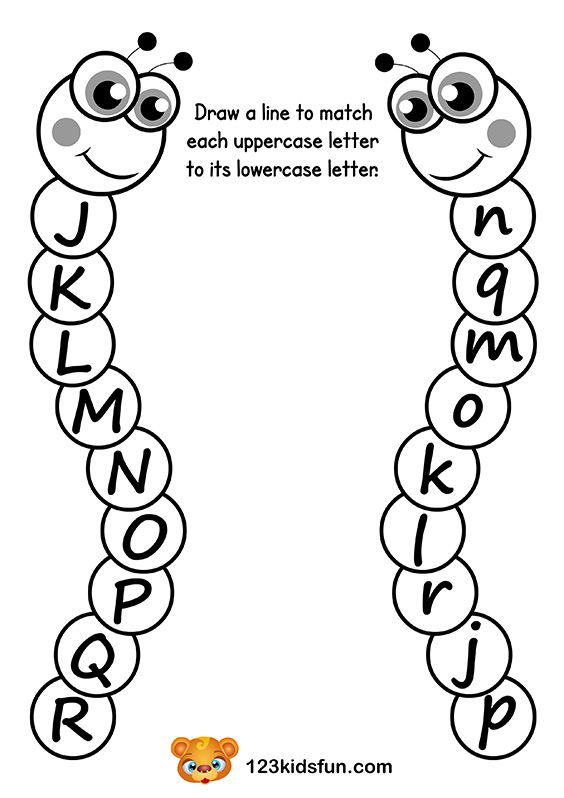
- Next, establish an association for your child. Ask your child to follow along while you draw the letter.
- Once your child has mastered following along with you, you can engage their recall skills. Draw a letter and ask them which one it is.
This activity might take a bit of time and practice, but don’t worry! You and your child will get there.
Explore Names Together
This activity can be effective and useful for helping your child learn letter recognition as well as the names of people on their sports teams, in their school classroom, or any other group of people.
If you want to try this with your child, write down a list of the names of the people in the group you’re focusing on. If it’s your first time doing this activity, consider starting with just your child’s immediate family to make it a bit easier.
Print the names on a large sheet of paper in a dark, easily readable color. Then ask your child to identify letters by saying something like, “Which name has an O in it?”
Change up the letter in question until you cover each name, and then help them tally up all of the letters they find!
To amp up the fun, make a game of seeing which letter appears the most times.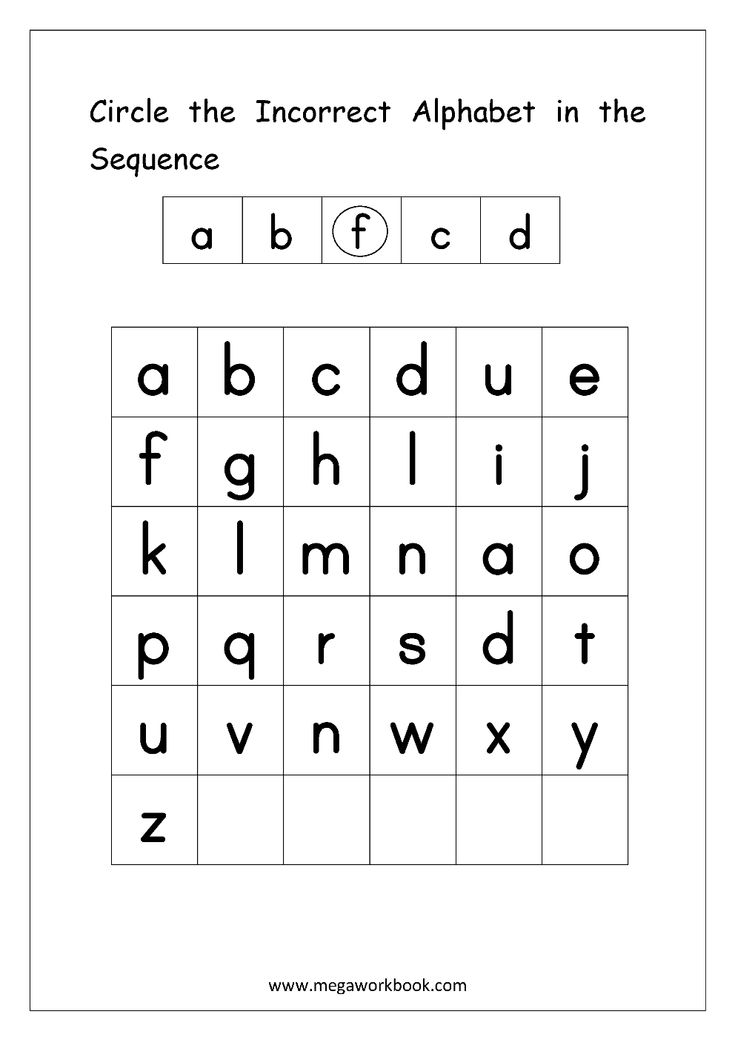 You can even make bets beforehand (we suggest banking on a vowel). Whoever guesses which letter will appear most often gets a reward!
You can even make bets beforehand (we suggest banking on a vowel). Whoever guesses which letter will appear most often gets a reward!
This activity helps reinforce two ideas to your child: first, it engages their letter recognition skills by exposing them to the alphabet repetitively.
Secondly, it helps them understand that the alphabet is a code made up of symbols (letters). In order to learn how to read, they must learn how to recognize their letters first!
Create A Personalized Set Of Alphabet Cards
Similar to alphabet books, alphabet cards are an easy, reliable option to help your child learn letter recognition. And while there are many alphabet cards on the market, it’s way more fun to let your child make their own!
If you want to try this activity with your young learner, all you need are some large index cards (blank sheets of paper will work if you don’t have index cards) and lots of fun, decorative materials and supplies (glitter is our personal favorite)!
Simply have your child write one letter on each card and then color and decorate it.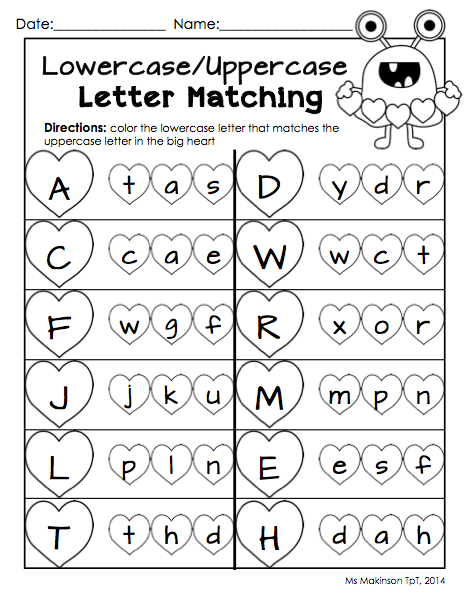 For younger children, you can also write the letter for them and let them spruce it up to their heart’s content!
For younger children, you can also write the letter for them and let them spruce it up to their heart’s content!
This activity is amazing because it allows your child to make their learning highly personal and tailored to their specific interests.
By creating their own cards, your child will be able to exert some autonomy and independence over their learning goals. It may help them become even more invested in their journey toward letter recognition!
Fill In The Dots
One challenge for children when it comes to recognizing letters is understanding what shapes letters are “made” of.
For example, the letter O is often taught as a letter that looks like a circle. Other letters are made up of curves, straight lines, dashes, and all sorts of shapes!
A helpful option for supporting your child’s efforts to recognize their letters is to break down the shapes that make up letters. This is where dot markers (or round stickers) can come in handy!
By utilizing a uniform shape — like a dot — to work through the alphabet, your child can begin to grasp the shape of letters both visually and physically. Understanding how letters are formed can help kids recognize letters more readily.
Understanding how letters are formed can help kids recognize letters more readily.
There are many free downloadable “dot letter” worksheets online that you can use for this exercise. But if you want to create them on your own, simply write out the alphabet in a large script, using empty circles to form the letters.
Your child can then follow along with stickers or dot markers and fill in the empty circles.
Letter Recognition As A Strong Foundation
At the end of the day, practicing letter recognition with your child is all about setting up a strong, solid foundation they can use to launch the rest of their reading and learning journey!
We hope these suggestions come in handy for helping to develop your child’s letter recognition skills. As your emerging reader learns to recognize letters, remember that every child is unique. What works for one may not work for another.
For those days when you need a little extra help, our online learning center is the perfect place to find safe, personalized, and effective activities for your child.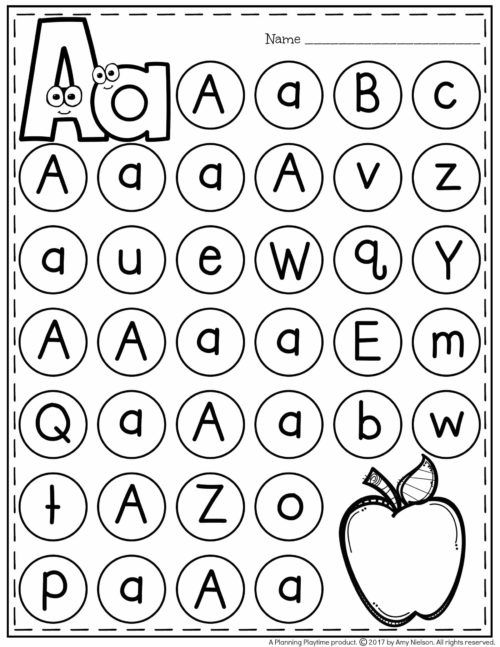 Try our free onboarding quiz to get started!
Try our free onboarding quiz to get started!
Author
Learning the alphabet: methods, exercises and games for children
The alphabet is the foundation of reading. Therefore, before you start reading and writing, teach your children the letters.
Children can start learning to read as early as preschool age. Parents and teachers need to teach their child how to pronounce sounds correctly in their native language. These are important prerequisites for learning letters and learning to read successfully. The educational process of preschool children is based on visual, acoustic and tactile exercises. The use of various channels of perception in the educational process increases its effectiveness and stimulates long-term memorization of letters.
Learning the alphabet: introducing the child to the alphabet.
To master reading, a child must learn and recognize not only the graphic form of letters, but also be able to compare them with their corresponding sounds.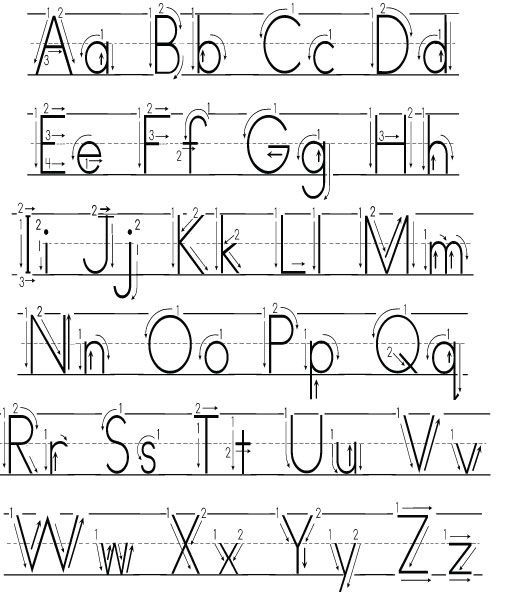 This means that the child must be able to write letters and pronounce them. When the child learns to correctly pronounce all the sounds in his native language and distinguish letters by visual form, go directly to reading. As a rule, at the age of 5-6 years, most children no longer experience difficulties in this.
This means that the child must be able to write letters and pronounce them. When the child learns to correctly pronounce all the sounds in his native language and distinguish letters by visual form, go directly to reading. As a rule, at the age of 5-6 years, most children no longer experience difficulties in this.
See also: Reading and bilingualism. Bilingualism in children
From the age of 5 to 6, children begin to understand that there is a lot of information encoded in language using letters. Thus, they are interested in learning to read by then, as they are naturally curious.
Of course, babies can learn and memorize individual letters quite early. However, their interest, mostly spontaneous, is directed to individual words and letters. Here it is important to gently motivate the child by encouraging him to learn through games and a comfortable environment. However, too much pressure can lead to stress, causing little ones to lose any motivation to learn letters.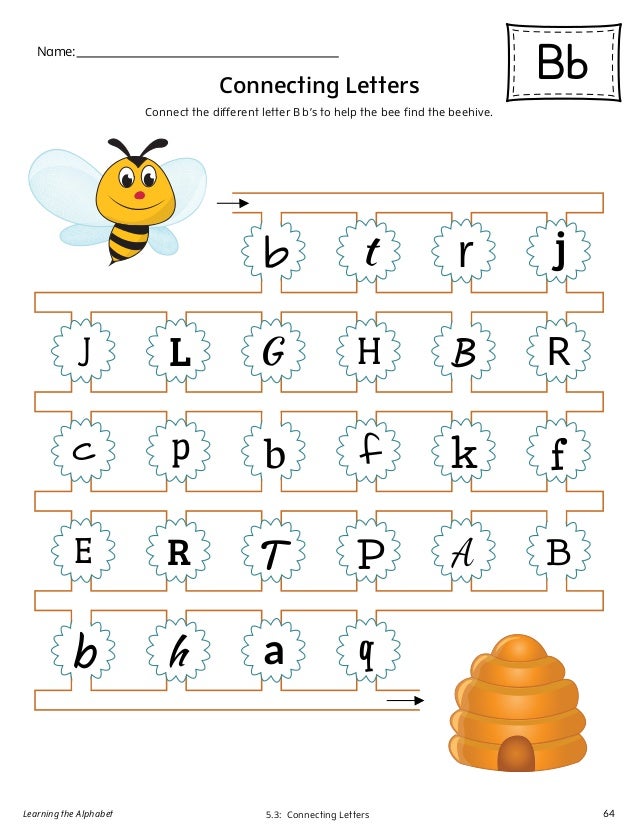
Alphabet learning games
The first rule of learning the alphabet: learn the letters one by one!
Don't forget, each letter is made up of visually similar elements. If you try to teach a child several letters at a time, he may become confused. Learn the letters one by one. One lesson - one letter.
Second rule of learning the alphabet: take your time!
Give your child enough time for each letter. Plan 1-2 lessons for each new letter. Organize the lesson in a form that is interesting for the child with the help of games.
Tactile method: from studying letters to reading
The child sees something abstract in a letter. Chains of associations will help in learning letters. Associating each letter with something specific or familiar helps the child fix it in his memory.
1. Make a letter out of plasticine
Let's memorize what a letter looks like and develop fine motor skills.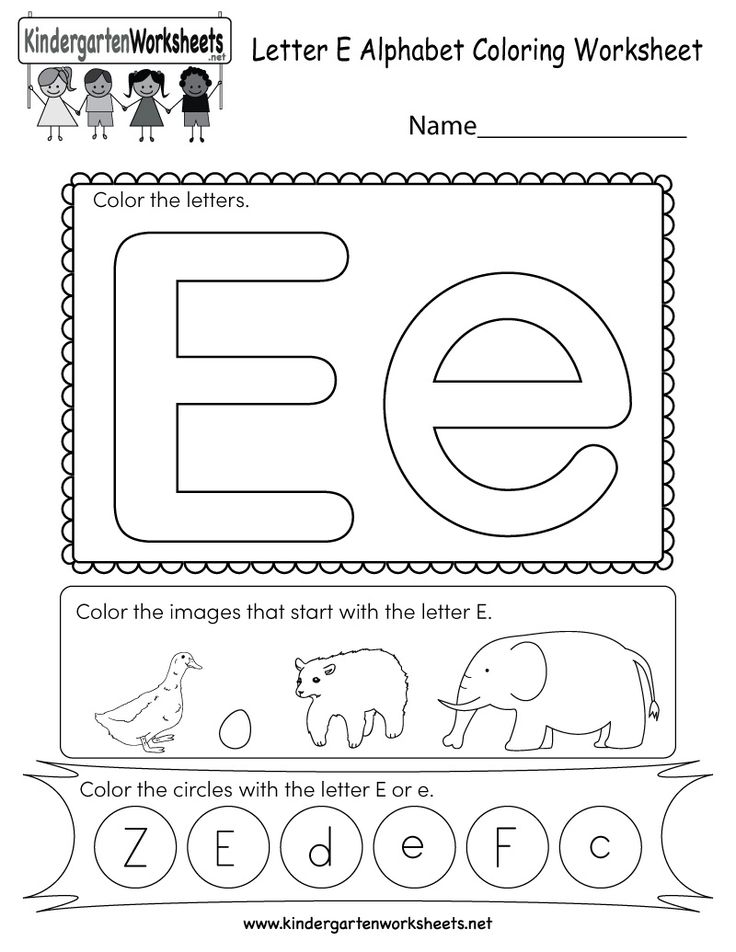
We will need: plasticine (should be elastic), modeling board and a disposable plastic knife.
Together with your child, roll out 8 approximately identical sausages from plasticine. 2 - divide in half, 2 - divide into 3 parts. From the remaining 4, make rings by blinding their edges and cut 2 of them in half, creating semicircles. Thus, you should get a set of elements to compose any letters of the alphabet. Show the child a couple of examples and ask them to repeat, collecting previously passed letters.
2. Magic wands
Let's memorize letters, learn how to make letters from sticks, learn how to transform letters.
We need: a set of counting sticks. If not, you can replace with matches or toothpicks.
The easiest way is to lay out letters from sticks according to a pattern or without a pattern (according to the idea). When the child learns to lay out all the letters, you can complicate the task by laying out objects familiar to the child from them, and then ask them to change them, for example, make a figure resembling a door out of sticks, and then ask the child to remove 2 sticks to make the letter P.
3. Tactile letters
Memorize letters and develop fine motor skills
We will need: sandpaper, velvet paper, scissors.
Cut out letters from sandpaper or velvet paper. The child will have to close his eyes to identify the letter by touch.
4. Draw a letter on the semolina
Memorize letters, develop fine motor skills
We will need: bright dish tray, semolina
Pour sand or semolina in a thin layer on the tray. Set an example for your child, show how to write letters on the croup with a finger or a stick. Ask him to write next to the letter, the same as you wrote, to write a letter more or less than yours, to add an unfinished letter, or to erase the extra detail of the "wrong" letter. Children will like this game, just shake the tray a little, and the mistake or inaccuracy made disappears!
5. Mirror letter
Memorize letters and train attention
We will need: cardboard, pencil and scissors
Prepare identical cards cards, 2 pieces for each letter.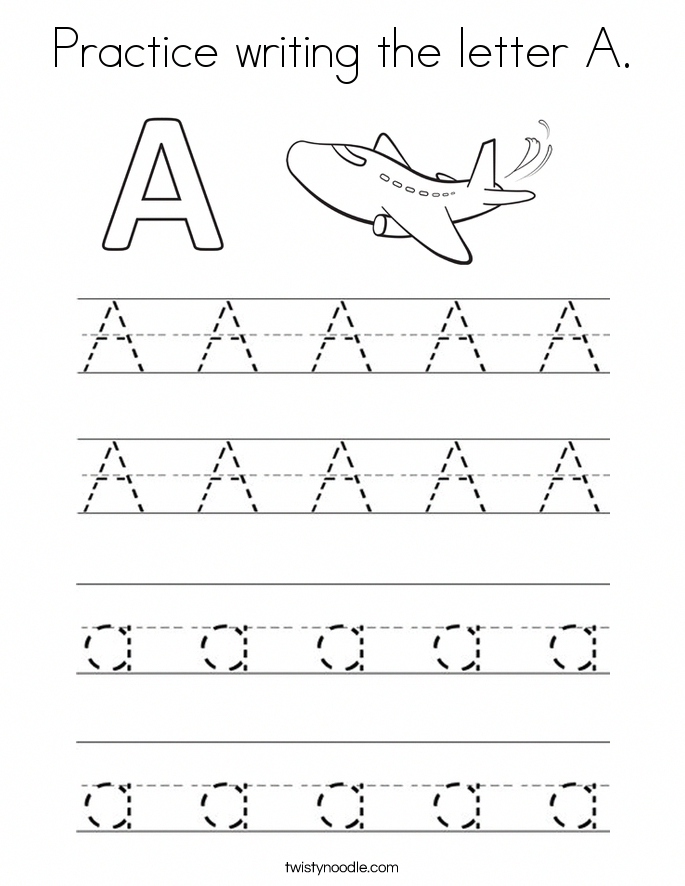 Write 1 letter on each card. Write the letters in mirror image and correctly. Lay out cards with the same letter in front of the child and offer to choose the correct one.
Write 1 letter on each card. Write the letters in mirror image and correctly. Lay out cards with the same letter in front of the child and offer to choose the correct one.
6. Memory test game
Train memory
We will need: scissors, cardboard and a pencil
The game "Memory Test" will challenge even older children. Write each capital letter on one card and lowercase letter on the other card. Turn over all the cards and place them on the table. Ask your child to match uppercase and lowercase letters. You can complicate and add a dictionary element. Have the children match the letter of the alphabet with the picture that starts with that letter.
7. Bean bag
Memory training
We will need: a bag of beans or other bulk material, a tablecloth or a large piece of paper.
If you want to warm up a bit while you study the letters, play a game of Beanbag. Write the alphabet randomly on a large piece of paper.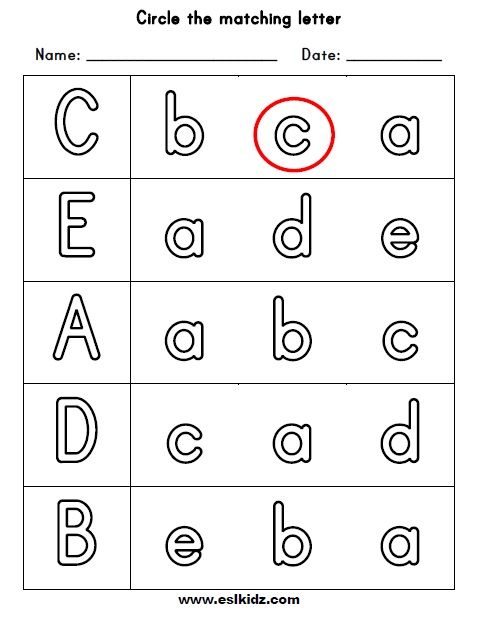 Give the children a bean bag and ask them to put it on paper. The child must name a word that begins with the letter on which the bag fell. If a student is stuck, help him.
Give the children a bean bag and ask them to put it on paper. The child must name a word that begins with the letter on which the bag fell. If a student is stuck, help him.
Ask the child to check the chosen letter with letters from the alphabet. Be sure to ask the name of the letter. The exercise will help children learn to distinguish visually similar letters and avoid mistakes when writing them in the future.
Drawing, coloring, cutting letters out of paper and gluing them together develop fine motor skills in children. Self-made flash cards with letters facilitate memory and associative thinking, creating the basis for tactile games. You can make postcards alone or with your child. Letters can be cut out of paper of various textures and pasted onto cards made of cardboard or paper. Then you can ask the child to pick up letters from 2-3 cards with their eyes closed.
Literacy begins with learning the letters of the alphabet. Combine different perceptual styles.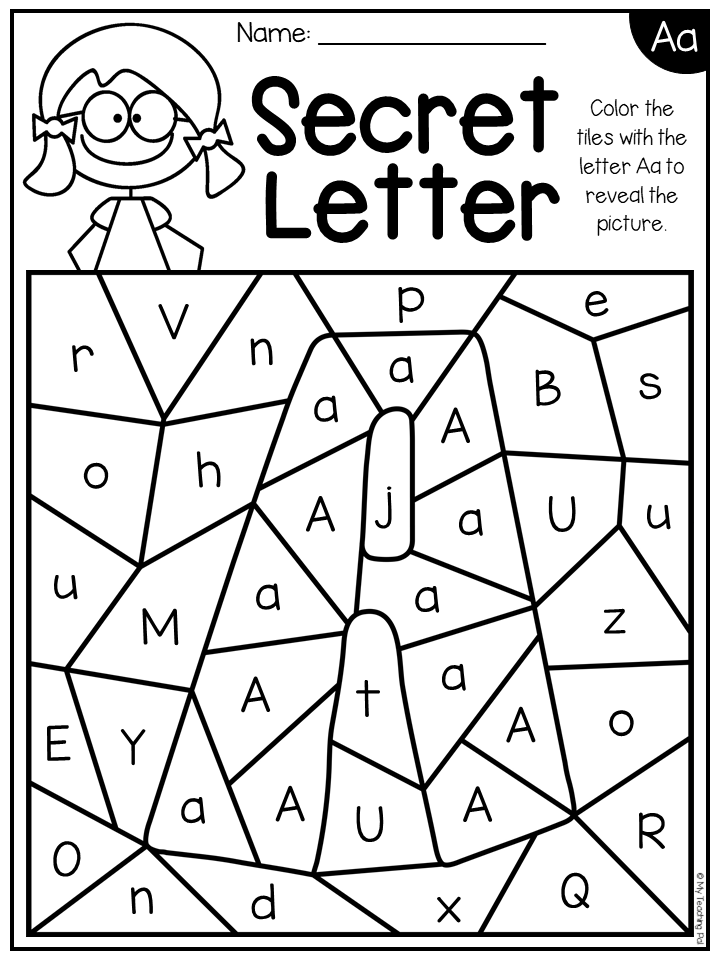 The alphabet learning games described above help children to learn letters at different levels. Moreover, fine motor skills play a crucial role in the formation of systematic connections in the mind of the child and create the basis for the development of reading and writing.
The alphabet learning games described above help children to learn letters at different levels. Moreover, fine motor skills play a crucial role in the formation of systematic connections in the mind of the child and create the basis for the development of reading and writing.
17 alphabet games
A rare child gets acquainted with the alphabet only at school. Modern parents strive to show the letters to the baby and teach them to distinguish them as early as possible. How can I do that? Of course, in an entertaining way! Educational psychologist Samira Filatova talks about games for learning the alphabet for preschoolers.
Samira Filatova, teacher-psychologist of the Academic Gymnasium of St. Petersburg State University
Acquaintance with letters
I would conditionally divide all the ways of learning the alphabet into exercises "at the desk" (they are usually given in teaching aids), outdoor games and those that are aimed not only at memorizing letters, but also at developing fine motor skills, creativity, creative abilities.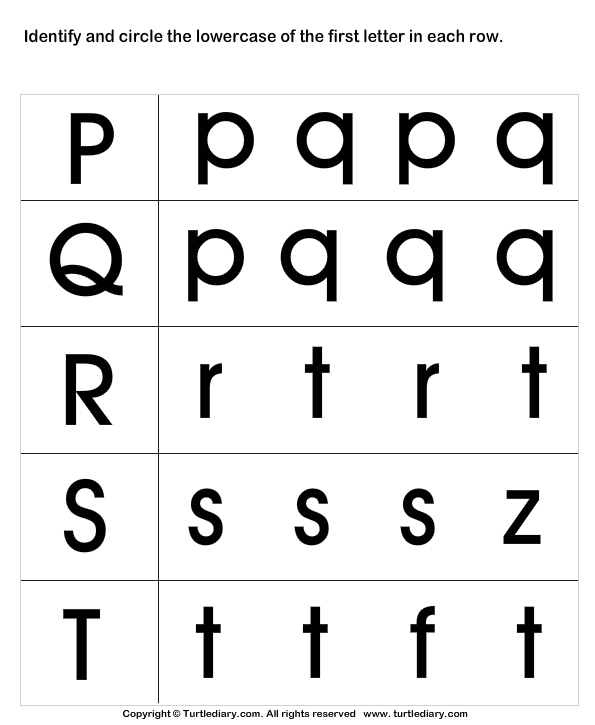 And each child at a different time may come up with all these methods.
And each child at a different time may come up with all these methods.
The first thing to do to get to know the letters is to hang the alphabet on the wall. Most often, you can find options with the image of objects whose names begin with the specified letter. Better yet, an alphabet with sound effects. It is desirable that not the letters of the alphabet are pronounced, but the sounds that they designate, that is, not "Ka", but [k]. It is believed that thanks to this approach, it will be easier for a child to learn to read.
So, the acquaintance with the letters has happened, now you can start memorizing them. The game is the best for this. After all, the game is the leading activity in preschool age. Learning through play is effective and, with the right approach, will not tire the child.
At-the-Desk Exercises
You can purchase special aids, print them off the Internet, or even draw the letters yourself. What kind of assignments can you come up with?
Find the desired letter among other letters .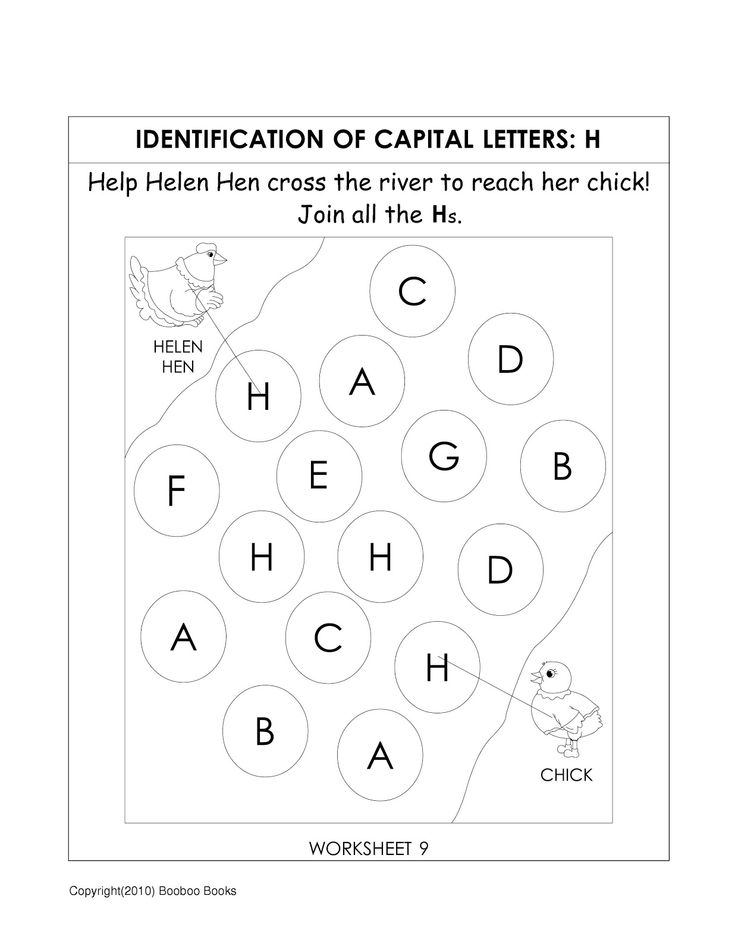 Arrange the letters randomly on a piece of paper. Name any of them, and the task of the child is to find it. It happens that children themselves name the letter they want to find. In this case, do not refuse them.
Arrange the letters randomly on a piece of paper. Name any of them, and the task of the child is to find it. It happens that children themselves name the letter they want to find. In this case, do not refuse them.
Find the correct letter in the drawing . The task differs from the previous one in that the letters are, as it were, built into the picture. For example, a house, trees, flowers, swings are depicted. The letter "P" can be window sashes or swings; the letter "M" - grass; the letter "K" is hiding in the branches of trees. A more difficult version of this game is to find objects in the picture that begin with the desired letter.
Find letters of the same color, size, name them. Letters of different sizes and colors are “scattered” on a sheet of paper. The child needs to find all the letters that are the same according to the given criteria and name them. A more complicated option is to change the orientation of the letter in space. Then the variant of the task may be as follows: "Find all the letters that lay on the left side."
Then the variant of the task may be as follows: "Find all the letters that lay on the left side."
Assemble the letter as a mosaic . Write the letter so that it occupies the entire sheet, color and cut it into squares, triangles, any shapes. You can also entrust this to the baby if he already knows how to use scissors. In this case, you need to make the markup with a dotted line to make it easier for him to cut. The task of the child is to put the letter back from these figures.
What else can you do with letters on paper? Coloring them, tracing them with a dotted line - there are many options for action.
I would also include in this group the Memory game , in which you need to find the same letters. You can complicate it: name not only the matching letters, but also the words that begin with them. Picture Lotto is also great for learning the alphabet.
Those who have already mastered the letters can try to start reading.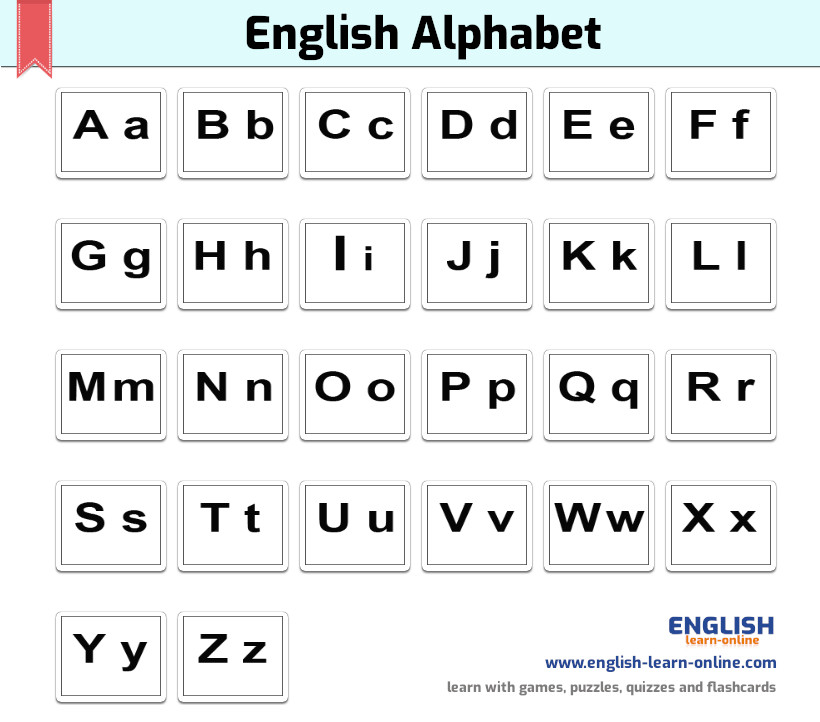 It will be very useful for learning syllables "Cashier of letters and syllables" . You can buy it in the store or print it yourself from the Internet. How to play with her?
It will be very useful for learning syllables "Cashier of letters and syllables" . You can buy it in the store or print it yourself from the Internet. How to play with her?
Prepare pictures of animals and objects, select cards with letters and syllables and ask the child to match them. In the future, you can complicate the task: give children syllables in the wrong order (for example, “Ka” and “Mouse”, which he must match with the image of a mouse, for this he will have to rearrange the syllables). I would mark this task as one of the most useful. Teachers recommend teaching children not only by choosing the right solution, but also by searching for inconsistencies, inconsistencies, and wrong answers. This develops the ability to analyze, and in the future - the ability to critical thinking.
Creative games that help develop fine motor skills
Here the kid will make letters on his own : sculpt them from plasticine or dough, decorate cardboard blanks with coins, buttons and beads, make crafts from improvised means (designer, twigs, leaves, cotton swabs, sweets ).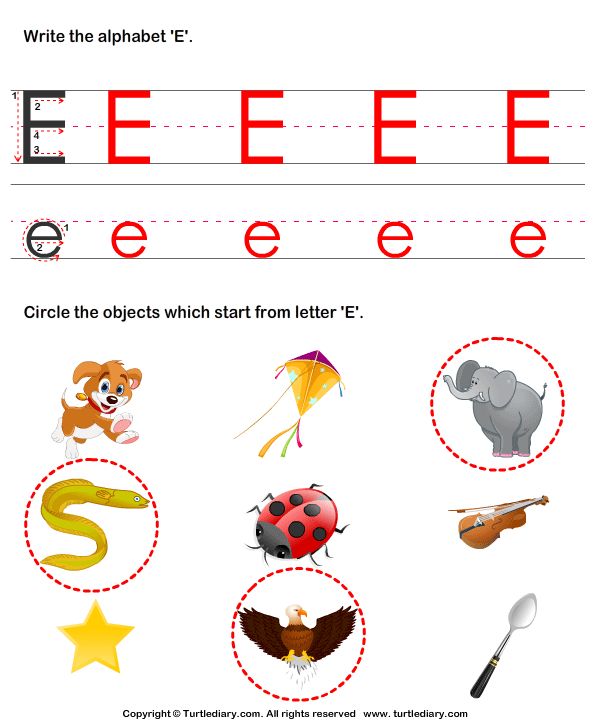
Have the child draw letters on the sand (you can use kinetic). Working with sand is useful for the development of fine motor skills, as well as for optimizing the psycho-emotional state. Let the kid choose what he wants to draw. Show by your own example what needs to be done: start writing short words or names in the sand, you can add a beautiful ornament and write the letters themselves in a special graceful handwriting.
Children love to play with magnetic letters . Try leaving short messages to each other by posting them on a refrigerator or a magnetic board, or compete to see who can write the longest word or the most short ones.
You can combine these options: bury plastic letters in kinetic sand, and then, while digging, name them. An "advanced" option is to invent fairy tales about these letters.
Use interactive books in which the child presses on a letter and hears the corresponding sound.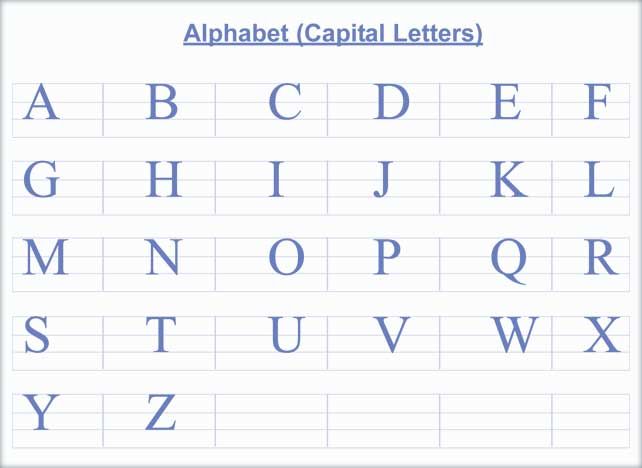 But before you bring such a book home, make sure that the sounds in it are pronounced correctly.
But before you bring such a book home, make sure that the sounds in it are pronounced correctly.
Outdoor games
Print letters on sheets of paper and stick them on furniture and walls. The task of the child is to find the letter , which you will name.
Use blocks with the letters that you probably already have in your home. It is interesting to play this game with several children at once: the host rolls a die, and the players name and depict an animal or object with the letter that has fallen out.
I will share my own experience of how I played with my daughters. At first, the girls laid out large 9s in a chaotic manner on the floor.0012 soft puzzles with letters . Then I called them in turn the letters on which they should stand. The one who does not make mistakes wins. This game is also interesting because the letters can be arranged as you like: on their sides, upside down. At the same time, children learn to recognize the outlines of a letter, regardless of its orientation in space.